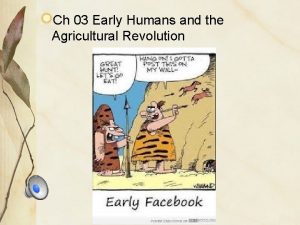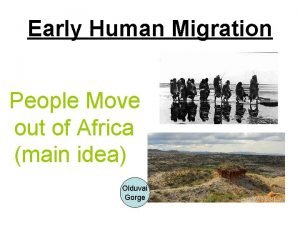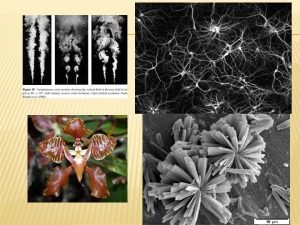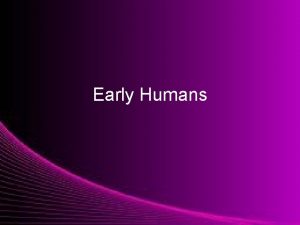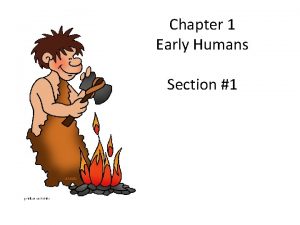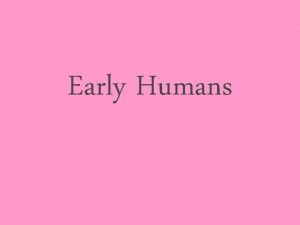History 3219 The emergence of early humans in








- Slides: 8

History 3219 The emergence of early humans in East Africa

Stone Age � Paleoithic: Means “old stone age” and it began 2. 5 million years ago and lasted until 3000 B. C. � Neolithic: Means “new stone age” and it went from 8000 B. C. to 3000 B. C. � During this time we see the emergence of several Hominid species Starting with Australopithicines, Homo habilis, Homo erectus, Neanderthals and Cro magnons.

Australopithicines In the 1970’s a rare complete skeleton of a human-like female nicknamed “Lucy” was found in East africa. 3. 5 million years old This species was called Australopithicus and walked upright. This provided them with a number of advantages. 1) They could travel long distances 2) They could use their free arms to carry food, tools and children 3) they could see further in the distance

Australopithicines (cont’d) These hominids developed one other human trait that was very advantageous: The opposable thumb. This allowed them to pick up and hold objects easier. Made travel, hunting and living off the land a lot easier.

Homo habilis Means “man of skill”. Lived around 2. 5 million years ago Made tools from lava rock These tools were used to cut meat and crack bones. Made life easier.

Homo erectus Appeared 1. 6 million years ago Many scientists believe this species developed into Homo sapiens They began using tools for special purposes: like digging, cutting meat, and scraping animal skins Began using fire and may have had some spoken language.

Neanderthals Ancestors of modern humans Lived aroun 200, 000 years ago Lived in caves or built shelters from wood animal skins May have had religious beliefs Found ways of surviving the freezing cold of the Ice Age Disappeared around 30, 000 years ago

Cro magnons Appeared about 10, 000 years before Neanderthals. Their bodies were just like those of modern people. Scientists think that these people worked with one another in planning large scale hunts. More advanced speaking skills than Neanderthals which may have made them better at finding and procuring food.






